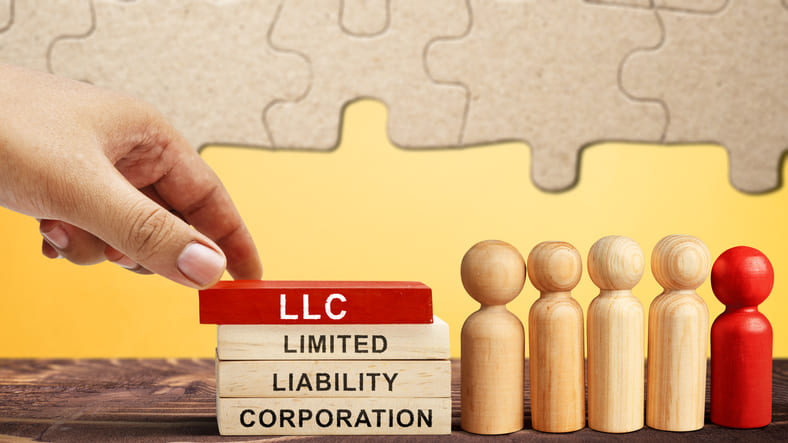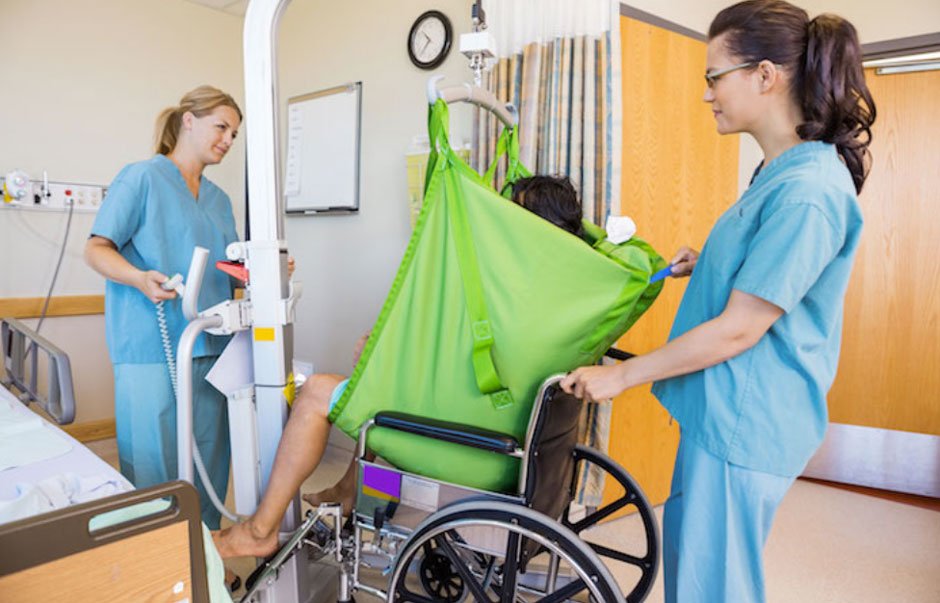[ad_1]
Taking care of older adults is a noble profession, and the people who have a passion for the work do it with so much will. However, taking care of seniors is more than just about meeting their basic needs; it comes with risks, such as manual handling hazards. As caregivers assist residents with daily activities such as pushing wheelchairs or lifting beds, they face potential musculoskeletal injuries and strains. This is where manual handling aged care training comes in. Luckily, OHS courses can equip caregivers with the right skills to handle manual tasks safely and take precautions to avoid overstretching or overburdening their bodies while on duty.
What Is Manual Handling?
In simple terms, it refers to using physical force in moving, transporting, and supporting patients who are unable to move because of age-related conditions. During the training process, the handlers are taught how to evaluate the risks, use some assistive devices, and collaborate with colleagues to allow for workplace safety and reduce injury risk.
Responsibilities Involved in Manual Handling
Most aged-care workers do a lot of manual work as part of their daily tasks, including the following:
- They help patients board and alight their vehicles
- Aid a person in walking and moving around. This can be through offering physical support or the supply of mobility equipment like canes or walkers
- Assisting the client in the event of an emergency
- Sometimes the responsibilities involve household tasks like carrying heavy meals, laundry, and lifting heavy objects
- They also help in moving around the medical equipment
- Adjusting chairs or beds to allow for maximum comfort and relieve pressure
- Helping seniors use the bathroom and get dressed
- Moving them from one place to another
There are also codes of practice that should be adhered to during manual handling. This includes offering manual lifting of the client in emergencies and providing support to clients who can’t lift themselves.
Common Manual Handling Hazards in Aged Care
- Occupational Overuse Syndrome (OOS)
OOS occurs on the wrists, elbows, hands, and fingers because of awkward postures and repetitive movements. These can cause weakness in the specific joint, numbness, pain, and even swelling. In such accidents, it is common for pain even at rest from the tendons, muscles, and joints.
OOS is particularly common in areas that require bends and twists. It is also likely to occur if you work in a busy environment that involves a lot of manual lifting without scheduled breaks.
These are the most common types of injuries, of which half come from improper handling techniques. For instance, lifting residents without proper equipment or techniques can lead to back injuries and strains. To avoid injuries, all staff members should be trained in proper lifting techniques, including bending at the knees, keeping the back straight, and using leg muscles rather than back muscles. The facility should also provide the right equipment, such as hoists, transfer belts, and slide sheets.
How to Identify and Avoid Manual Hazards
There is no environment with zero risk of injury. However, employers can take various steps to address these issues and reduce the chances of accidents and injuries.
Step 1: Identifying the Problem
Because they can happen anywhere and everywhere, you must specialize in identifying and communicating these possible hazards with the people in your immediate environment. Encourage your employees to note any recurring problems or accidents and report them so you can find ways to minimize or stop them completely.
Step 2: Assessing the Risk
After identification, the next step is risk assessment. How bad is the injury likely to be categorized? Is the risk low or extremely high? Are there things on the floor that could trip someone or furniture that could fall? These questions help to narrow down potential hazards and provide insight into actionable steps.
Employers can also use the same approach to analyze any health issues employees are facing in the workplace. Have they received the proper manual training? Have they been in a fixed posture for a while? Do they have the experience and know the duration and frequency for manually handling a patient? These questions and more are critical during risk assessment.
Step 3: Avoiding the Hazards
You must use the right equipment and proper form to avoid common injuries, sprains, and strains. When lifting, do so with your legs and balance them apart well. If you are lifting with a team, do a countdown and ensure you hold your patient’s body weight close to yours to utilize the big muscle groups. Remember to hold the patient at the hips and not the arms. Take your time during the entire process, stand up straight, and avoid twisting.
Conclusion
If you want to work in aged care, enrolling in a well-accredited course might help educate you on the guidelines. It will also help you stay safe while on the job and avoid injuring your clients.
[ad_2]
Source link












